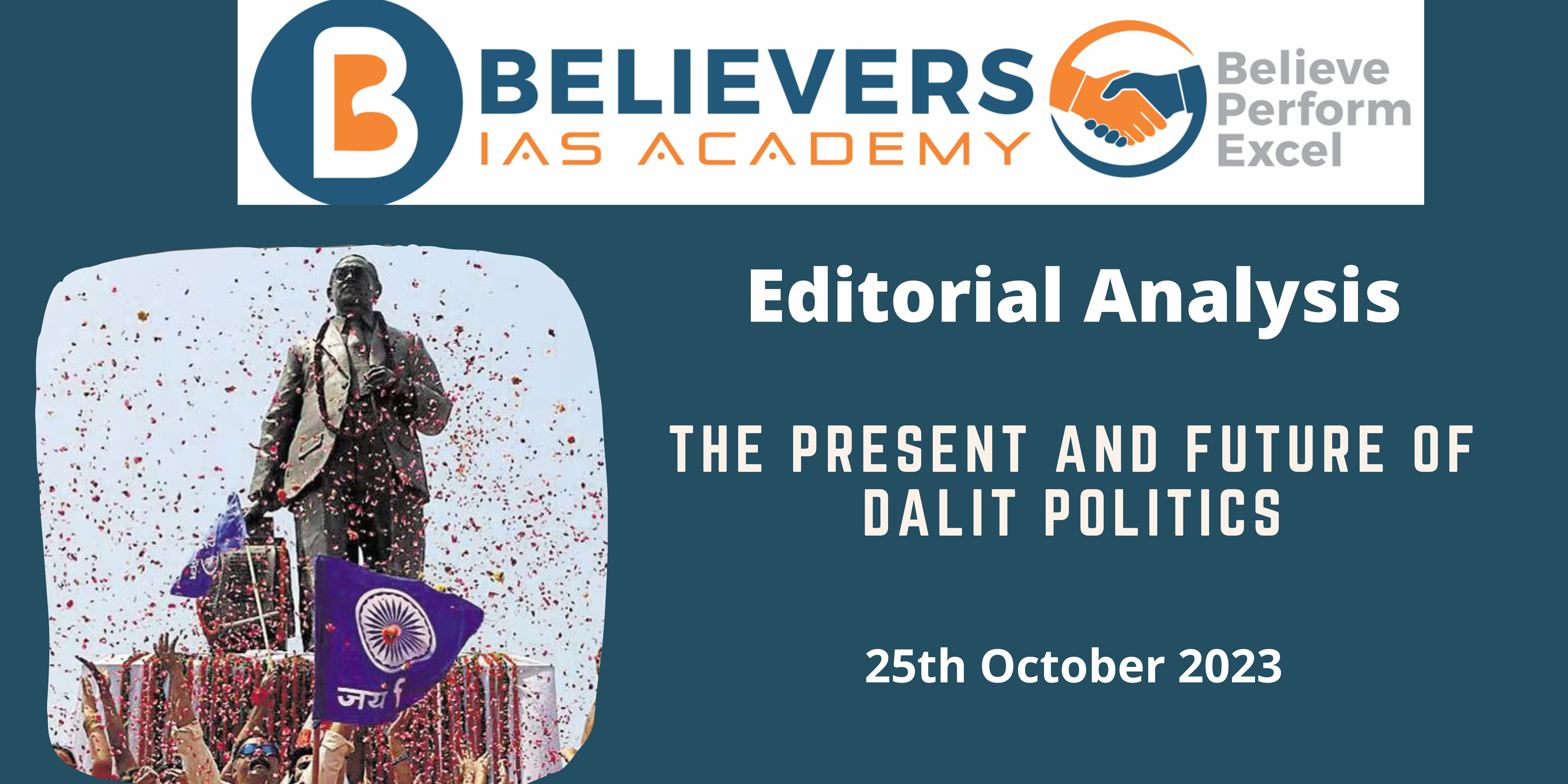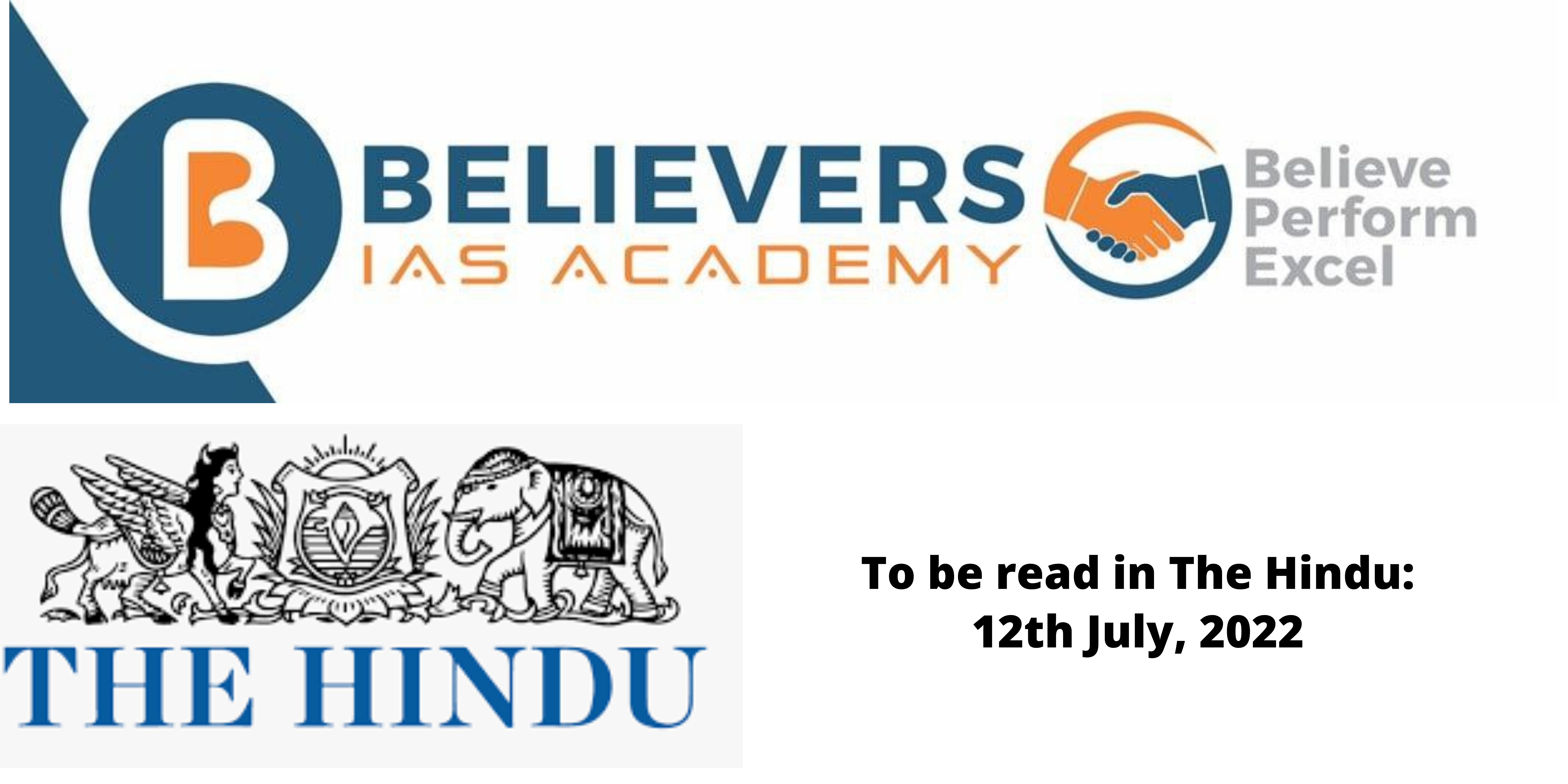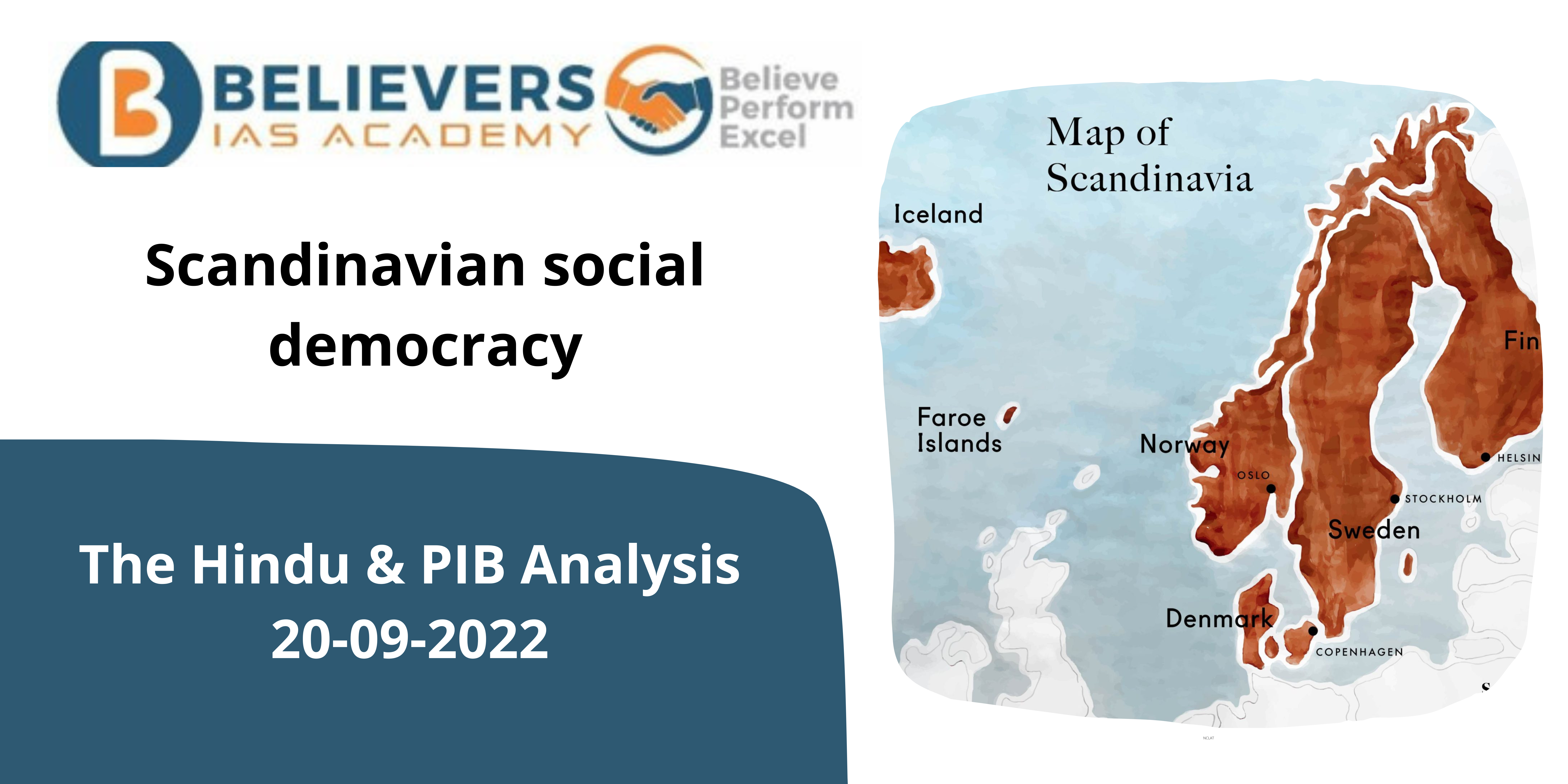The present and future of Dalit politics
Context:
Dalit politics in India has been shaped by the emergence of various independent Dalit political parties like the Republican Party of India (RPI), the Bahujan Samaj Party (BSP), and regional parties such as the Viduthalai Chiruthaigal Katchi (VCK) in Tamil Nadu, Puthiya Tamilagam (PT), and the Praja Rajyam Party (PRP) in Andhra Pradesh and neighboring regions.
Relevance:
GS-01 (Indian Society, Indian Heritage and Culture)
Prelims:
Various Dalit movements
Mains Question:
Discuss the contributions of Dr. B.R Ambedkar in awakening of Dalit consciousness. (150 words)
Dimensions of the Article:
- Changing Political Landscape
- Democratic Functioning
Changing Political Landscape:
- The evolution of Dalit politics in India is a story marked by the formation and growth of independent Dalit political parties.
- These entities, such as the Republican Party of India (RPI) and the Bahujan Samaj Party (BSP), have historically played a crucial role in advancing Dalit empowerment and fostering a sense of assertiveness within the community.
- The transformation in Dalit political dynamics is not an isolated event but rather closely connected to the changing socio-political landscape among Dalit communities.
- Factors such as democratic influence, government-led affirmative actions, and rising developmental aspirations have led to a shift in the socio-political profile of Dalit communities.
- Despite their role in the emergence of this aspirational section among marginalized communities, independent Dalit political parties have struggled to provide sufficient political space for this growing segment. The result is a desire for political participation within other political parties. Individual ambitions and an eagerness to wield political power have led to a drift away from Dalit-led political entities.
- One of the primary challenges faced by independent Dalit political parties is the evolution of a “new Dalit mentality” characterized by aspiration for socio-economic mobility. These parties often rely on conventional politics that focus on identity, dignity, and representation.
Democratic Functioning:
- Independent Dalit political parties must establish democratic internal processes that grant grassroots leaders the necessary political space while discouraging the development of dynastic tendencies within the parties. Unfortunately, some Dalit parties, including the BSP, have been unable to prevent the rise of dynastic political cultures.
- The era of the “chamcha age,” as warned against by BSP leader Kanshi Ram, is unlikely to return. Today’s Dalit leaders are more politically competent, assertive, and skilled in negotiating with dominant and mainstream parties. This could lead to a dispersion of Dalit masses, cadres, and leaders among various political parties, potentially resulting in a multi-polar Dalit politics landscape in India.
Conclusion:
While these parties have played a significant role in empowering Dalits and fostering political consciousness, their decline in organizational strength and electoral performance is evident. The changing aspirations and identity quest among Dalit communities necessitate a reevaluation of political strategies. Independent Dalit political parties must adapt by weaving identity politics with the economics of identity. Democratic functioning and the prevention of dynastic trends are essential. The evolving political values of Dalit leaders may lead to a multi-polar Dalit politics in India, marking a new chapter in the country’s political landscape.




